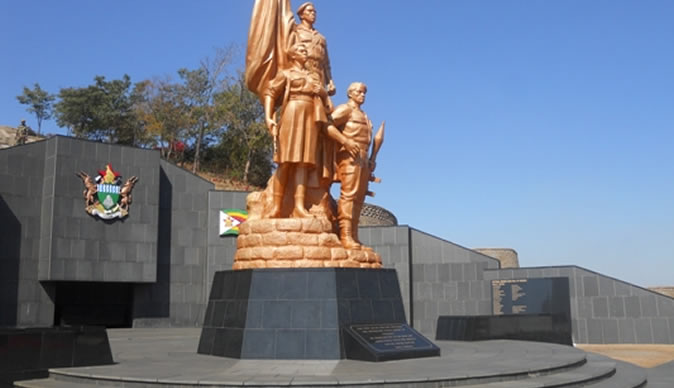Photoshop: The window to unlimited creativity
With every update of a computer design program comes new tools and enhanced electronic methods to make it easier for users to create their compositions. The latest Adobe Photoshop upgrade, the CS6 version, is creating a huge buzz among both users and design experts.Gizmodo calls it the best update in recent memory while the respected PC Magazine says: “The future of creative image editing is upon us — this new version will thrill nearly all categories of users, from photographers to designers.”
USA Today says, “having lots of fun with the new tools – the beautiful and streamlined new interface is a huge improvement, and the images really do look sharper and more pronounced”.
It is not difficult to see why the program update is receiving generally positive responses from design stakeholders across the board.
The new improved dark interface, as opposed to the traditional white or light grey one from previous versions, is giving users an easier task of identifying and isolating the various icons in the toolbox and on the property bar.
The liquefy filter has undergone a major facelift, making editing photographs much easier and faster.
The maximum brush size has also been enhanced from a mere 1 500 to 15 000 pixels to ensure that edited images maintain, or better still, improve overall quality.
One major improvement that is giving photographers a big reason to celebrate is the replacement of the lens distortion tool with the new adaptive wide angle tool.
While the lens distortion tool was effective in repairing wide angle and fisheye compositions, the new tool automatically fixes any curved lines if the user draws over straight edges within the photograph.
CS6 is making it easy for photographers or image-editing personnel to adjust angles to suit whatever specifications a publication may require.
With previous Photoshop editions, users were using a combination of blur filters and layer masks to manipulate the sharpness of images.
The new blur options that include field, iris and tilt blurs allows the user to be more specific on the areas within a picture.
For example, a picture of two soccer players battling for ball possession on a field may be composed of uniform degrees of sharpness and contrast throughout.
But when using iris blur, it is possible to enhance the emotional value of the picture by blurring the background and everything else save for the focal point where the action is concentrated.
A new oil paint tool, adjustable to specific brush sizes and paint intensity, allows photographs or any other image forms to be converted to paintings similar to those created by experts such as Leornardo da Vinci and Vincent van Gogh.
Another new tool, the Adobe Image Deblur, comes to the rescue for inexperienced or under pressure photographers.
It restores sharpness in photos whose blurry condition is a direct result of a camera shake.
All it does in about a second is to delete the path of a camera shake, and then creates a new path using its own algorithm to correct the blur.
Though the tool does not correct lens blur or wrong focusing, it is a useful post-shooting apparatus that shows that images can go through complete transformation ages after it has been transferred from camera to computer. Designers and photographers familiar with the previous versions of Photoshop would know that area selection tools such as marquee, lasso and the magnetic lasso options had absolute digits for values for the feather settings.
Now the value for the feather settings may be adjusted to even the slightest of decimal points to ensure that the “halo” around images is specific to one’s requirements.
The famed and much employed brush tool has also been upgraded.
A user of Photoshop CS6 now has the luxury of adjusting brush settings using hot keys while live previews are now available for designers to test run brush size, feather and opacity.
A new image manipulation tool, content-aware move tool is redefining photography.
The tool can identify and highlight specific objects in a composition, and then move them to another place without disturbing the rhythm within.
In a group photograph, it is now very easy to move people around so that any controversial or strange juxtapositions created during a hasty photo shoot can be rectified.
The layers palette has also been revamped to make it easier for designers to work on different layers and to apply layer properties on multiple stratums at once.
The new filtering option allows users to find their layers by kind, name, effect, mode, attribute or colour. The new Photoshop CS6 by the way belongs to a suite from Adobe that includes programs for animation, web design, video and sound editing and computer interactive programming. Its cost is the only off-putting factor.
Those using Adobe Photoshop CS6 in Zimbabwe are either rich designers or those using pirated software or users working within organisations, such as Zimpapers that value and embrace new technology.









Comments